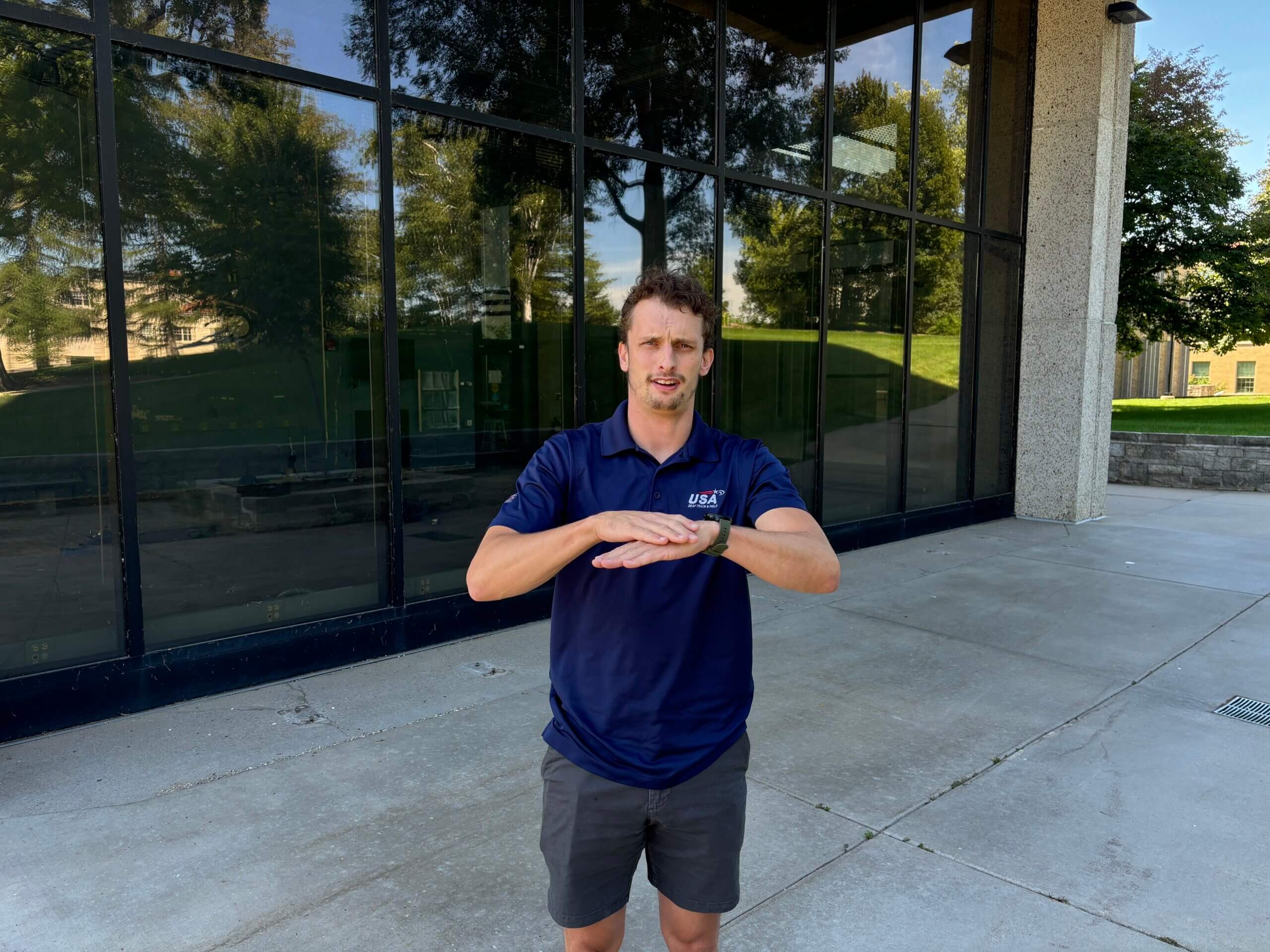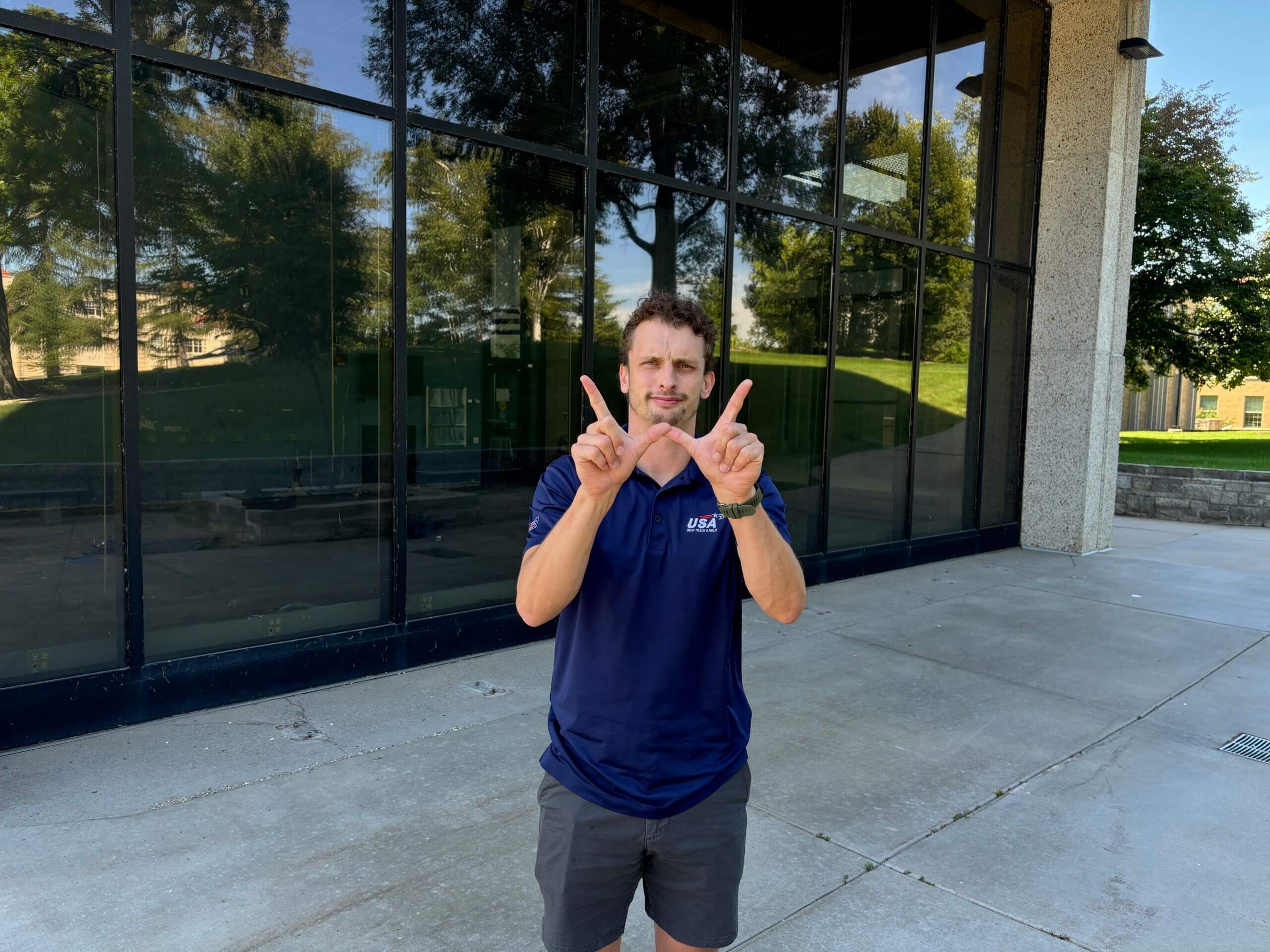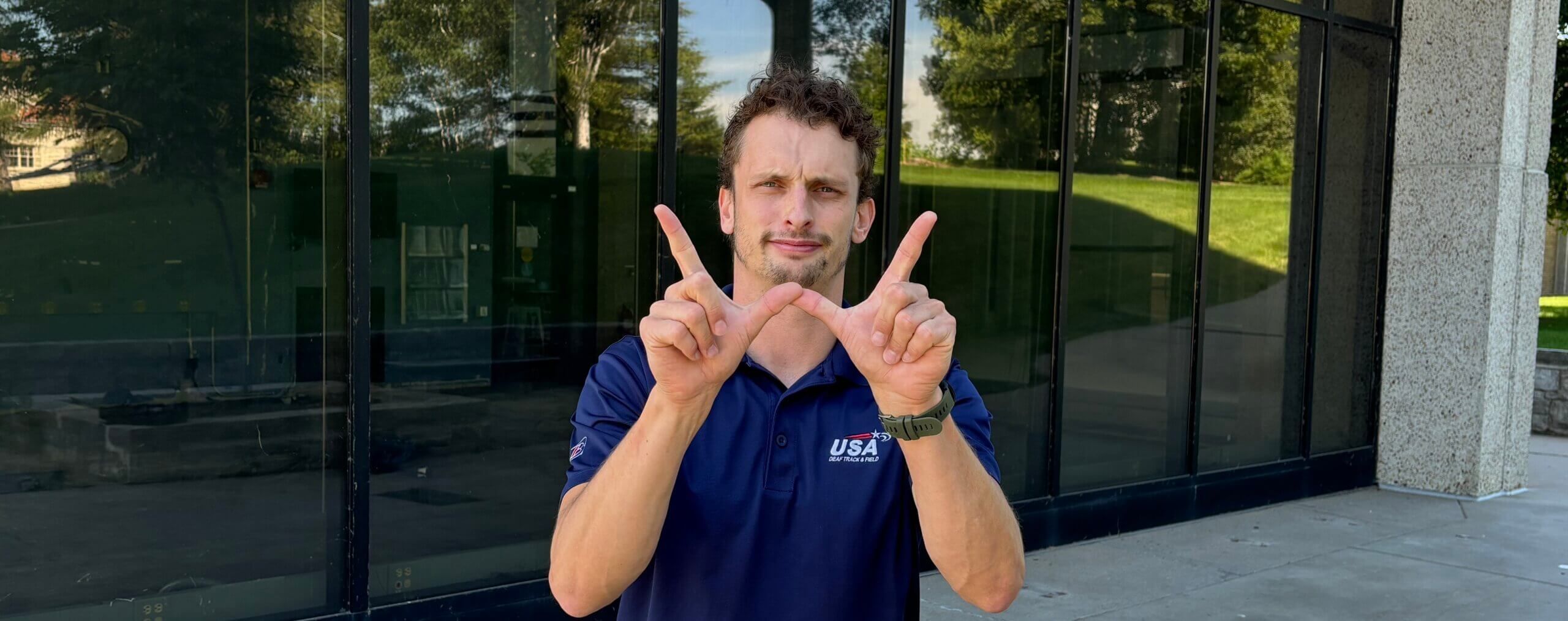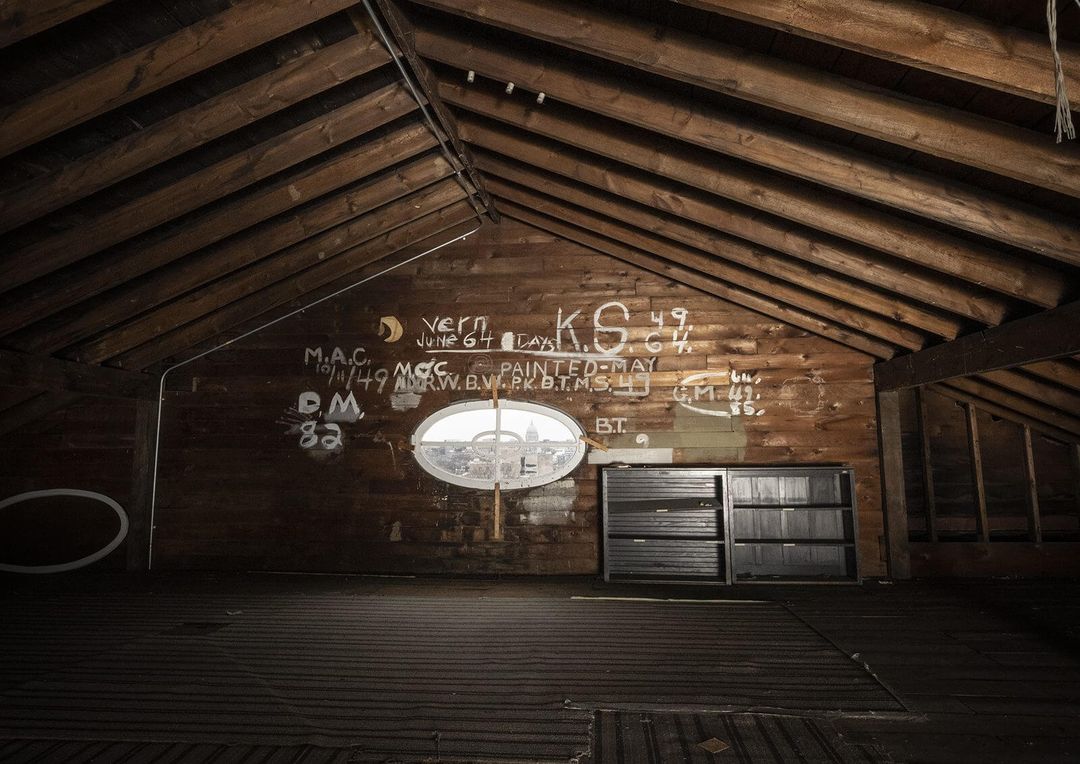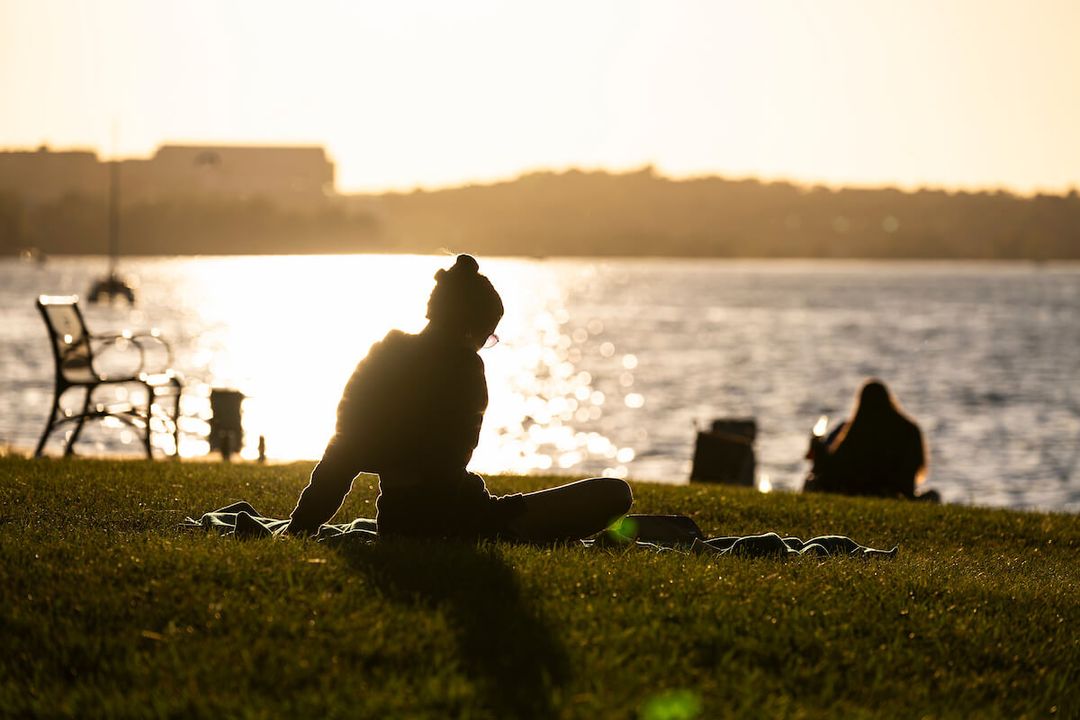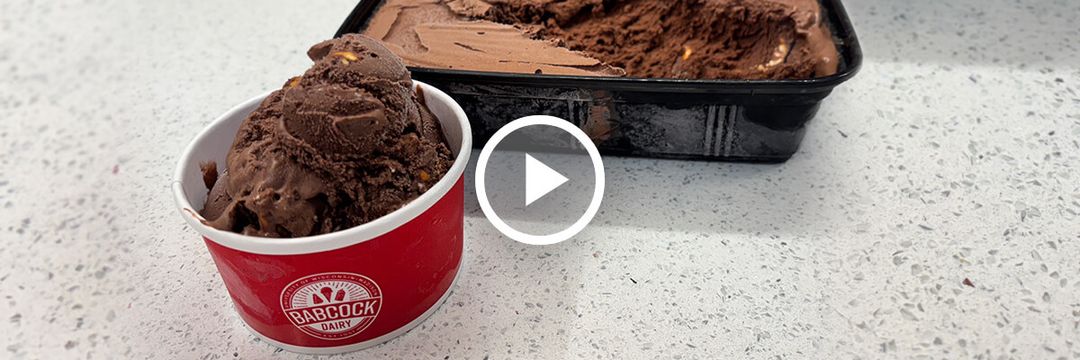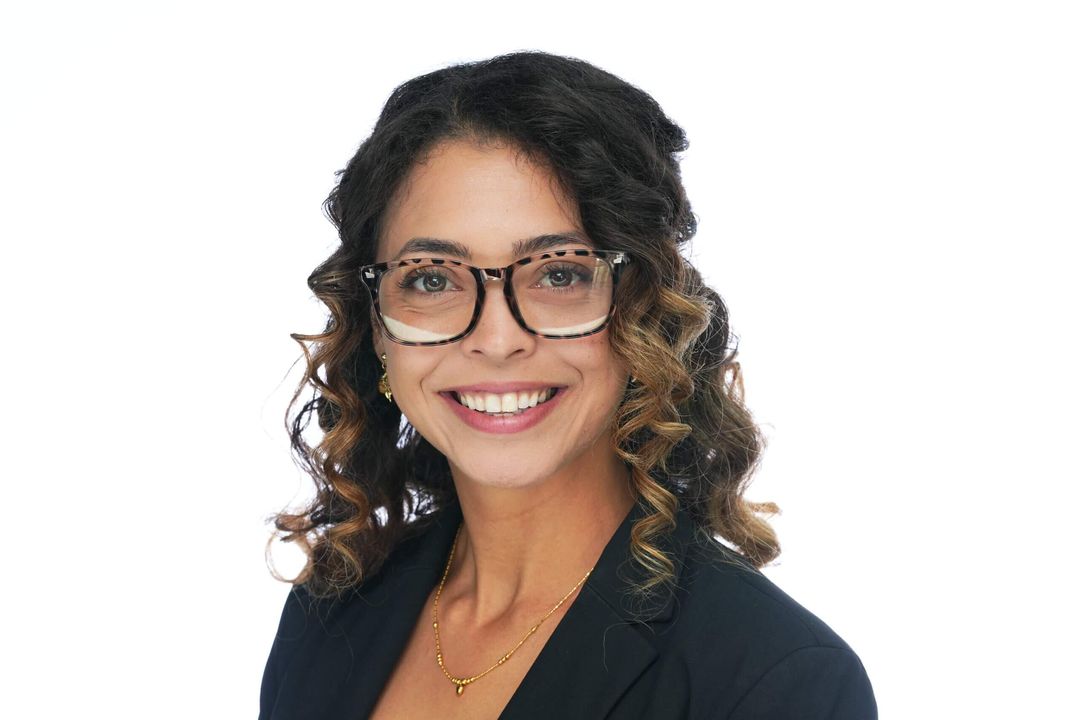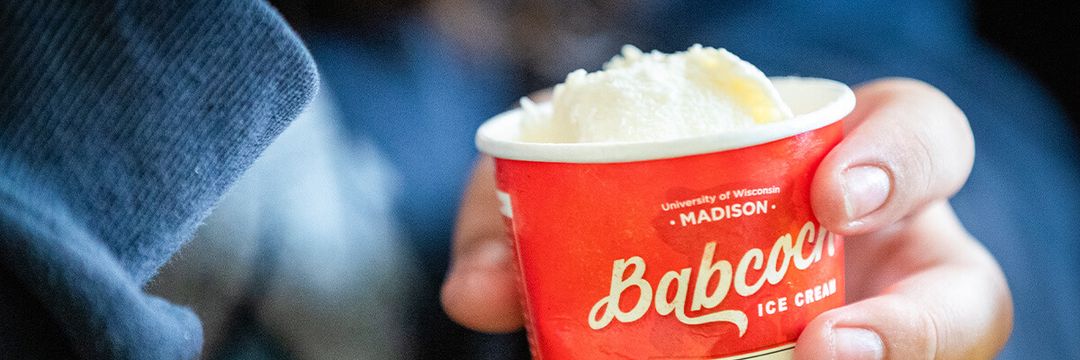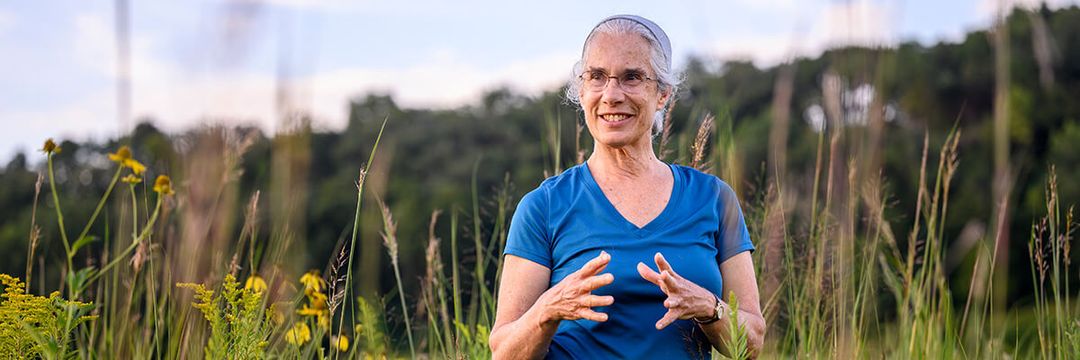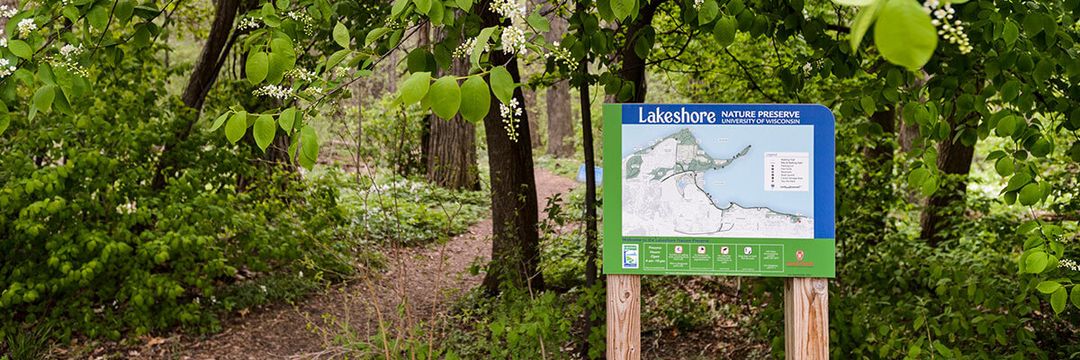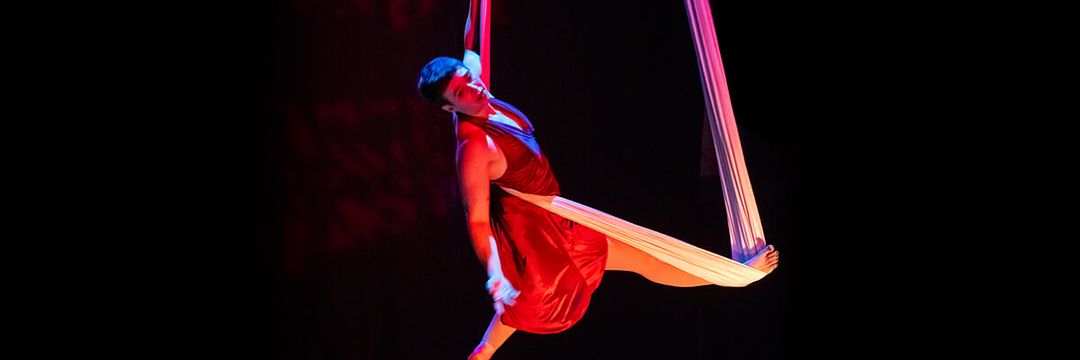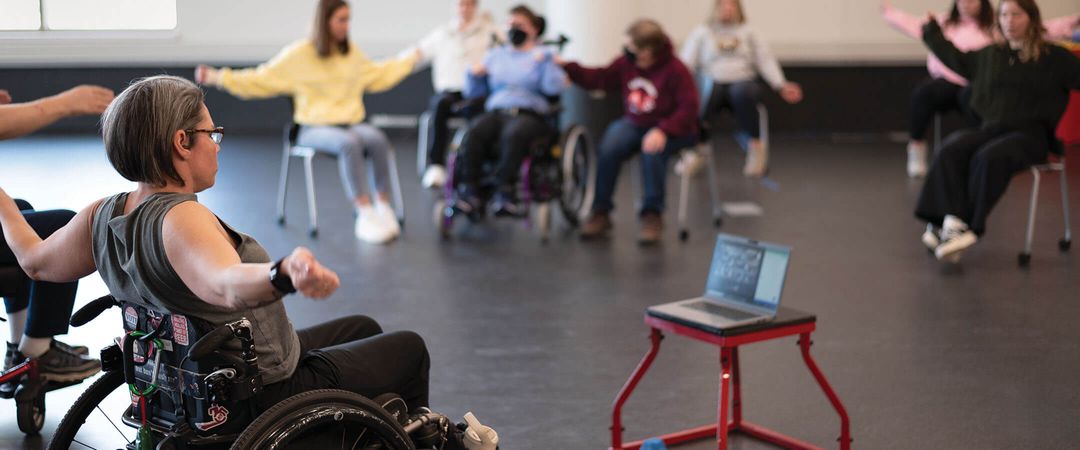In 2023, UW–Madison announced a new offering that undergrads can use to meet their language requirement: a language created in the United States about two centuries ago. Linguistics 351 and 352 — also known as American Sign Language I and II — entered the UW course catalogue last year, and the classes are already attracting more interest than instructor Taylor Koss can accommodate.
Koss, who was born deaf to hearing parents, comes to UW–Madison with a degree in world languages from UW–Milwaukee. He became a teacher to help others overcome the communication barriers he experienced for himself. “Remembering the struggles with my family, with my hearing peers in school,” he signs, “I figured it [was] time to change and make sure that deaf individuals are able to learn ASL so they have equal access to communication.”
Koss’s courses require intense teacher-student attention and contact, and so it’s not easy to get a seat in his class. He can only take on 20 students at a time, and he always saves at least two spaces for deaf or hard-of-hearing students. “We wanted them to be included in the course,” he signs, “so they can learn their native language.”
What kind of students take your ASL courses?
We get a wide variety. We have freshmen through seniors. We have some majoring in communication studies, some majoring in speech therapy, some majoring in audiology or linguistics.
And you said several deaf or hard-of-hearing students.
Yes, some who didn’t know ASL. Even if you have a cochlear implant, if you take it off, that means you can’t hear any longer, and you still want a backup way to communicate.
What’s the hardest thing for new ASL students to learn?
The challenge for the students mostly is finger spelling and also getting the correct hand shapes. Sometimes people finger-spell very quickly, and it’s hard to catch the full word that person is spelling. ASL word order is also different from English. English uses subject-verb-object (SVO), while ASL uses object-subject-verb (OSV). Students find this challenging because they are used to their first language structure for most of their lives.
What’s the easiest thing?
Actual signs — like, sleep looks like you’re sleeping on a pillow. Tree, book, they’re very visual. That’s easy for them to learn and take in.
What are your tests like?
We have two ways that we do tests. We do a receptive portion and an expressive portion. The receptive test means that all the students watch what I’m signing, and they write down what I’m signing. In the expressive, they go home, and I give them five sentences written down in English. They have to translate them into ASL word order, which is very different than English word order, so they have to work at those sentences and translate them into ASL. Then they record themselves signing the sentences, and they send the videos to me, and I use those to grade.
Did you develop the curriculum yourself?
Development was shared with someone from UW–Milwaukee. I had asked for their help and their feedback, and the curriculum we use is actually a very popular one. It’s called TRUE+WAY ASL, and it’s an amazing curriculum.
What level of mastery can students expect after taking both courses?
If you pass both classes, level one and two, I would say that you would be a novice signer, and that’s because ASL really does take up to six years to master. If you are actually immersed in the deaf community and building those receptive skills and actually socializing with people, then you’ll develop faster.
How To: Sign "On, Wisconsin"
